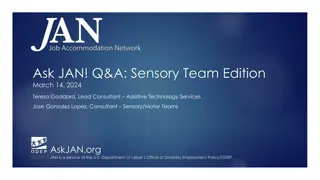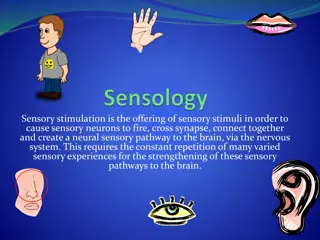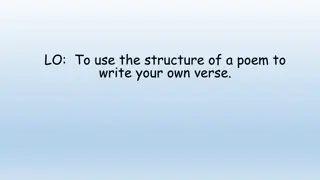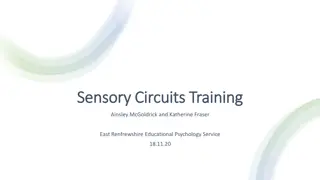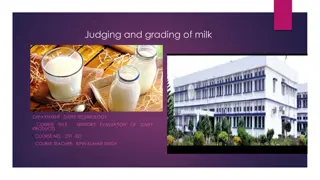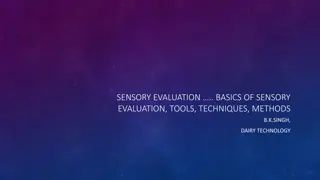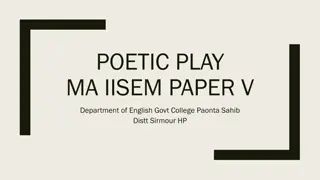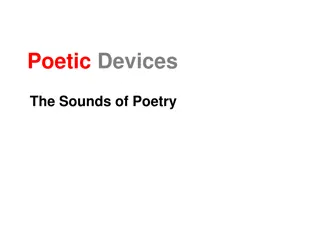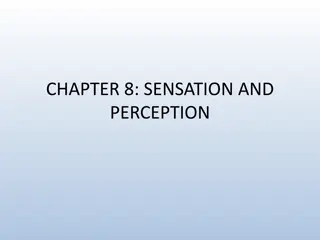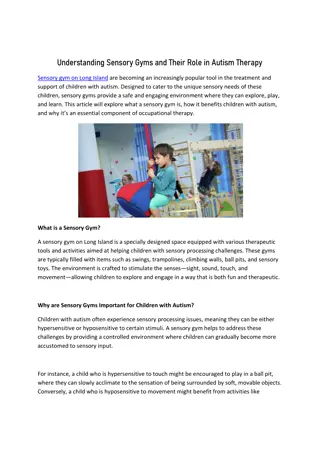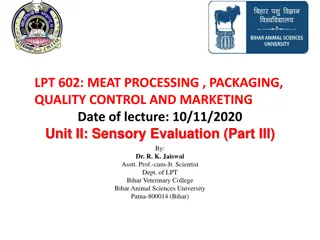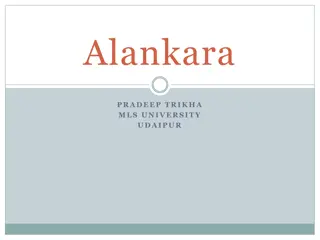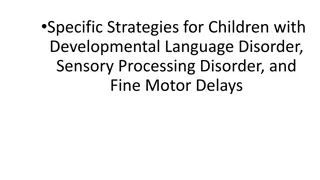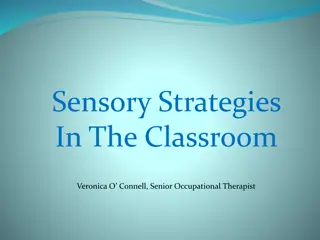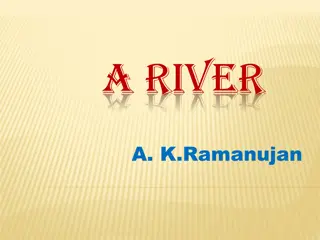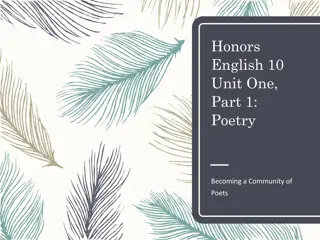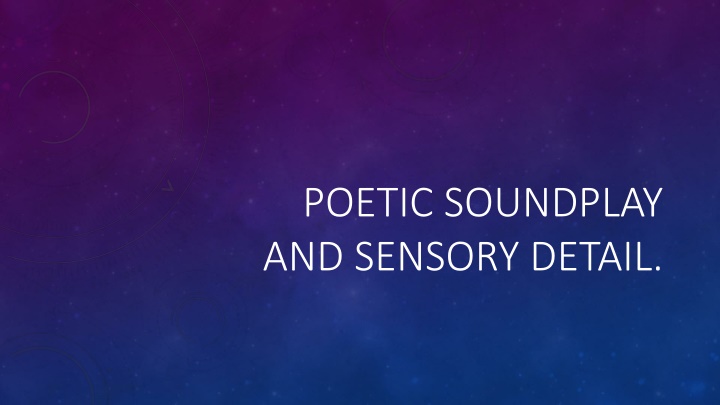
Unlocking Creativity Through Poetic Soundplay and Sensory Detail
Explore the depths of creativity through poetic soundplay, sensory detail, and spiritual principles. Dive into the essence of artistic expression, divine inspiration, and the interconnectedness of creation with the creator. Uncover techniques involving poetic soundplay that showcase the beauty of repetition, alliteration, assonance, and rhyme. Let your creativity flow freely by removing blocks hindering its expression.
Download Presentation

Please find below an Image/Link to download the presentation.
The content on the website is provided AS IS for your information and personal use only. It may not be sold, licensed, or shared on other websites without obtaining consent from the author. If you encounter any issues during the download, it is possible that the publisher has removed the file from their server.
You are allowed to download the files provided on this website for personal or commercial use, subject to the condition that they are used lawfully. All files are the property of their respective owners.
The content on the website is provided AS IS for your information and personal use only. It may not be sold, licensed, or shared on other websites without obtaining consent from the author.
E N D
Presentation Transcript
POETIC SOUNDPLAY AND SENSORY DETAIL.
SOME OF KRIYANANDAS THOUGHTS ABOUT CREATIVITY Without subtlety, there cannot be true art. What wells up from the depths of our being is an expression of the soul; it is very different from the noisy bursts of enthusiasm so common to television advertisements (p. 129). Superconsciousness will inspire you according to the questions you pose it (p. 133). The artist becomes that which she expresses (p. 136).
SOME OF CAMERONS SPIRITUAL PRINCIPLES We are, ourselves, creations. And we, in turn, are meant to continue creativity by being creative ourselves. When we open ourselves to exploring our creativity, we open ourselves to God: good orderly direction. As we open our creative channel to the creator, many gentle but powerful changes are to be expected. Our creative dreams and yearnings come from a divine source. As we move toward our dreams, we move toward our divinity.
FREEWRITE What blocks you from expressing your creativity fully?
GOOD WRITING INVOLVES ALL SENSES It was a narrow room, with a rather high ceiling, and crowded from floor to ceiling with goodies. There were rows and rows of hams and sausages of all shapes and colors white, yellow, red and black; fat and lean and round and long rows of canned preserves, cocoa and tea, bright translucent glass bottles of honey, marmalade and jam. I stood enchanted, straining my ears and breathing in the delightful atmosphere and the mixed fragrance of chocolate and smoked fish and earthy truffles. I spoke into the silence, saying: Good day in quite a loud voice; I can still remember how my strained, unnatural tones died away in the stillness. No one answered. And my mouth literally began to water like a spring. One quick, noiseless step and I was beside one of the laden tables. I made one rapturous grab into the nearest glass urn, filled as it chanced with chocolate creams, slipped a fistful into my coat pocket, then reached the door, and in the next second was safely round the corner. --Thomas Mann, Confessions of Felix Krull, Confidence Man
SOME TECHNIQUES INVOLVING POETIC SOUNDPLAY: Repetition: Self-explanatory. For an effective example see Dylan Thomas s Do Not Go Gentle into That Good Night in Week 2 reading. Alliteration: Repeated consonants, usually at the beginning of words. Peter Piper picked a peck of pickled peppers. The snake slithered silently through the sagebrush. Assonance: Repeated vowel sounds, usually inside words. The sound of vowels in the mouth (ow, ow, ow). Rhyme: Repeated end-sounds of words both consonants and vowels. Pink mink. Usually rhymes occur at the ends of lines, but sometimes they come in the middle. Lazy hazy crazy days of summer.
Pied Beauty Gerard Manley Hopkins (1844-1889) Glory be to God for dappled things For skies of couple-colour as a brinded cow; For rose-moles all in stipple upon trout that swim; Fresh-firecoal chestnut-falls; finches wings; Landscape plotted and pieced fold, fallow, and plough; And all trades, their gear and tackle and trim. All things counter, original, spare, strange; Whatever is fickle, freckled (who knows how?) With swift, slow; sweet, sour; adazzle, dim; He fathers-forth whose beauty is past change: Praise him.
HOMEWORK FOR NEXT WEEK: Please revise your I Am From poem drawing on what you ve learned about poetic sound and concrete imagery. Please write a short scene (no less than a half-page, no longer than a page) in which you involve as many of the five senses as possible. Finally, don t forget to get to choose an individual project and email me about what you d like to do. Then start to work. The week 3 deadline for turning in the first installment will arrive soon!

